To OpenSource or not to OpenSource, that is the question.
Finding the right platform for your site is the key to driving traffic

What Does OpenSource Mean?
First, a quick explanation of the difference between the two. An open-source system is a universal design aimed at a wide market of users. It is a system where a lot of third-party groups work on the software. This means there is plenty of documentation available (although in multiple places), it’s easy to use, and usually has regular updates. Examples of open-source software and systems include WordPress, Audacity, Magento, Firefox, Joomla, Drupal and more.
A closed-source, or custom-sourced software system, is one developed by a vendor for a client’s specific needs. Basically, the structure of the website is customized to the business – from a single (usually) vendor.
Advantages & Disadvantages Of Going “Open”
With that in mind, it’s easy to see there is a great amount of flexibility in going the open-source route, but there are definitely some caveats. First, with so many parties working on the code, there are security issues to consider as there is a higher risk of being hacked. Even as recent as June 2018 there was a security vulnerability in the core of WordPress that had gone unaddressed for nearly 6 months. In addition, there are also questions as to how long a business can maintain a site that relies on open-sourced systems.
The idea of open-source can be somewhat misleading to the consumer. Because there are so many open-source developers, the thought is that using the open-source systems means you can have any developer jump in and fix a problem at any time. While that can work in some circumstances, it is not always the case. Here at eResources, we have many clients with very specific needs. This takes customized coding that may not be easy for a developer to pick up without rebuilding basic functions.
One definite benefit to a closed source system is the built-in support you receive for any issues that may arise. With a dedicated team available to handle any software problem, there is a much faster turnaround time for rectifying things. This will save money in the long-run. Also, any documentation that was developed for your closed-system site will be well organized by the developers and on hand for users.
The Choice Is Yours
Either way you go, businesses can find the support they need for open- and closed-source systems with eResources. But, no matter which platform you choose, remember that there is no silver bullet. You will need to maintain and update the platform regularly to take advantage of new technology and SEO.
If you have any questions or concerns about which way to go, don’t hesitate to reach out to eResources.
Other Articles You Might Be Interested In:

What is SEO?
Understanding What SEO Is And What It Can Do For You & Your Company


